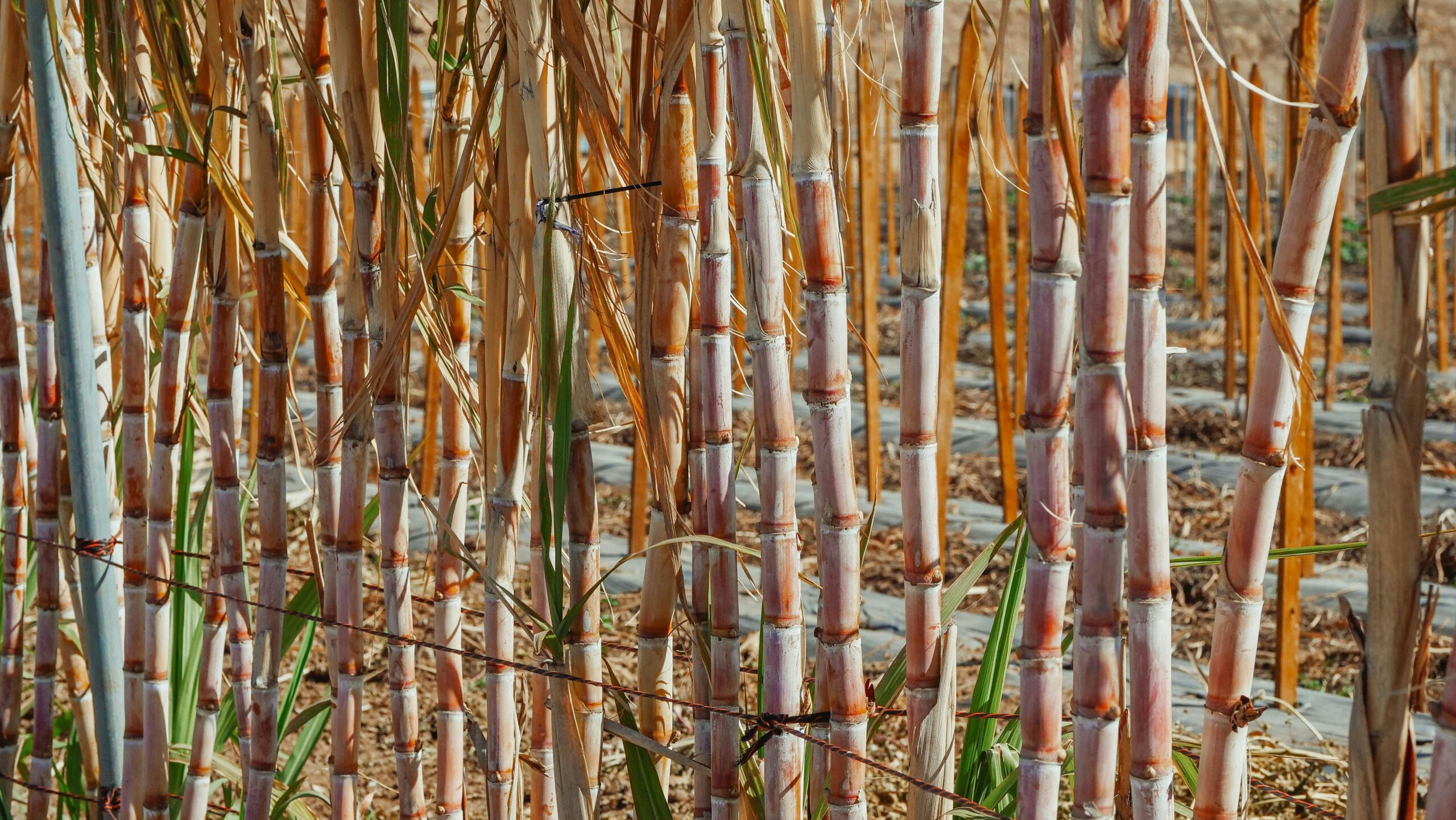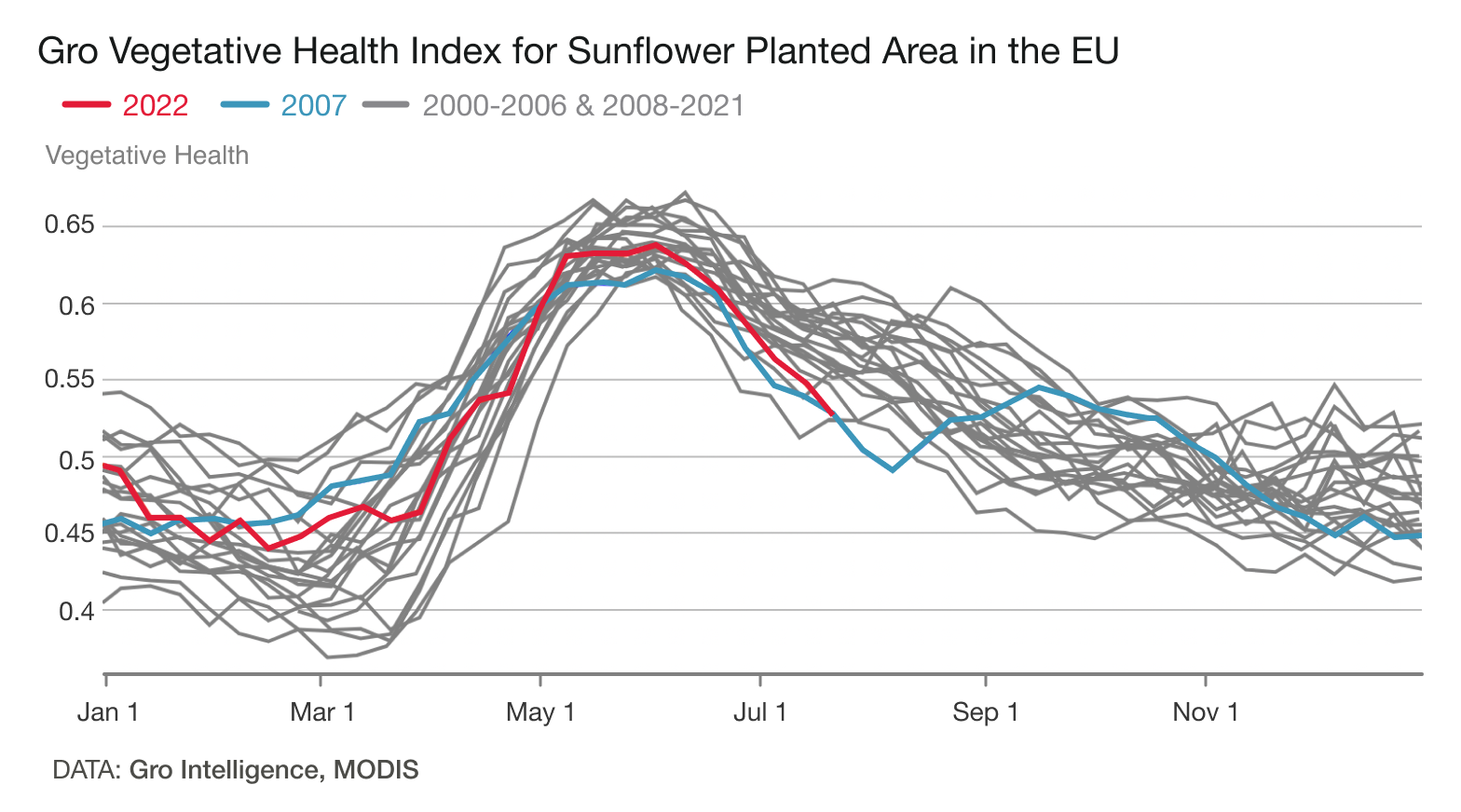New refineries in the Middle East boost demand for sugar from Brazil
Two of the new units are being built in Saudi Arabia and should be ready between the last quarter of 2021 and the first semester of 2022, while another plant is being built in Oman and should be completed in 2023.
Currently, the region that encompasses the Middle East and North Africa has eight active sugar refineries, which have the capacity to refine around 9.3 million tons per year. They are located in Algeria, Egypt, Iraq, Morocco, Oman, Saudi Arabia, Tunisia and the United Arab Emirates. These countries were the destination for around 28% of Brazil’s sugar exports last year.
In Czarnikow’s estimation, the biggest beneficiary of these investments in the region will be Brazil, which is already the world’s largest exporter of raw sugar and has competitive costs and logistics to serve the Middle East. The trading company estimates that, if the three refineries operate at full capacity, they will demand from Brazil 2.5 million tons of raw sugar a year, 10% more than in the previous harvest.
These new units will also increase the global presence of refined sugar from these countries in the world. Czarnikow calculates that, considering that the region has a local consumption of 8 million tons of refined sugar per year, the addition of capacity should allow these countries to export 4.3 million tons of refined sugar per year — if all the units operate at their maximum capacity.
These exports will mainly go to Yemen and East Africa, believes the trading company. Initially, new refineries may struggle to gain market share in these locations, but India’s reduced share of the global refined sugar market, resulting from the new ethanol mandate, could open up space, assesses the British house.
Source: Valor Econômico
Text extracted from the SCA bulletin
CEPEA - SUGAR: INTERNATIONAL SCENARIO IS POSITIVE
In the long term, the fundamentals of the physical world sugar market remain positive. Middle Eastern and Asian countries maintain buying interest. In Brazil, long-term support comes from alcohol. With the rise in oil prices, sugar and ethanol plants are directing a good part of the harvest to the production of alcohol. With regard to the domestic sugar market, negotiations remain calm. Mills continue to prioritize exports, reluctant to lower prices for the domestic market. Buyers, however, show little interest in buying on the spot market. On Wednesday, the CEPEA/ESALQ indicator for crystal sugar was R$30.57/50 kg bag, practically stable compared to the previous day (+0.1%). (Cepea)
Related
Related Post

WHITE SUGAR – BROWN SUGAR – Arrange your company to import sugar from Brazil
Every day at Mello Commodity, we start the day with an email box full of [...]
Brazilian sugar price in 2022
BRAZILIAN SUGAR PRICE - You will find the most competitive and fair offer at Mello [...]
BRAZILIAN SUGAR – 2022/2023 Crop Starts
Sugarcane harvest in Brazil - 2022/2023 harvest Buy from genuine suppliers. Reqest a quote [...]

